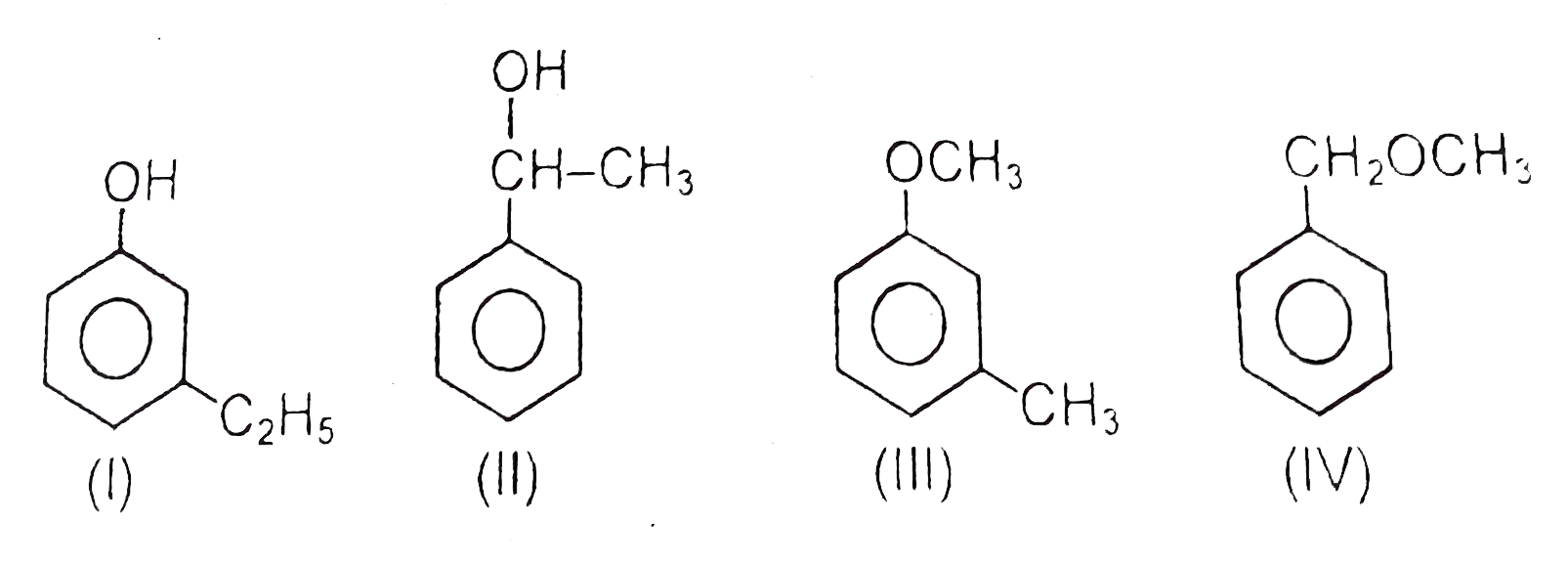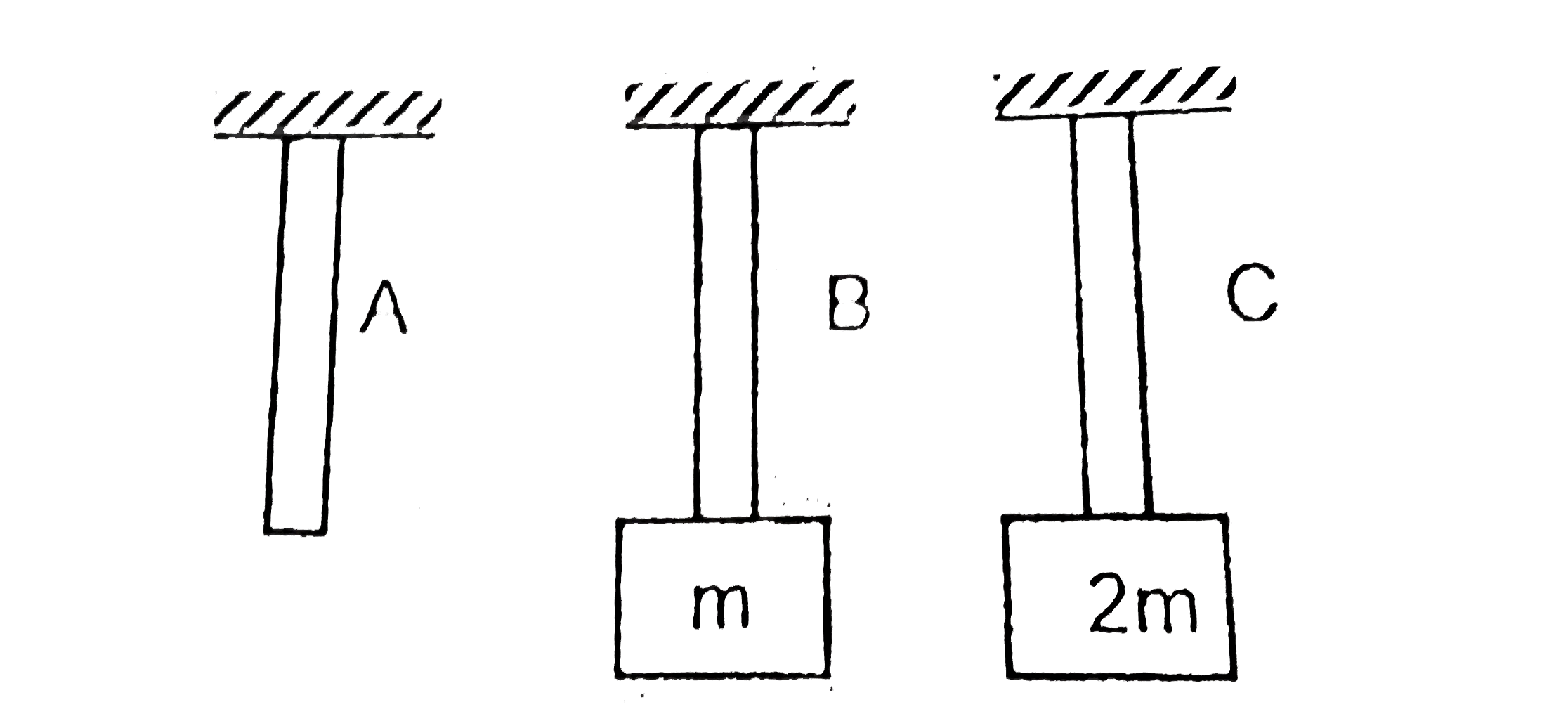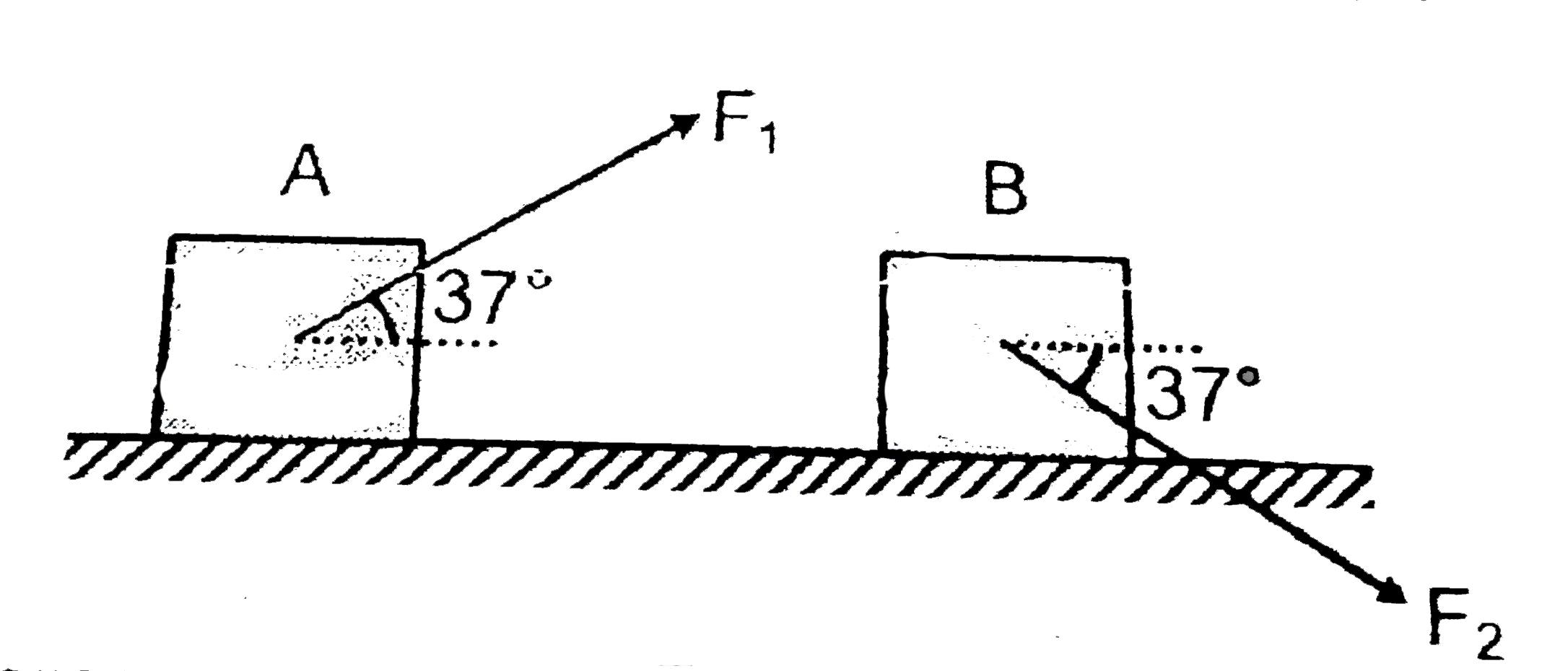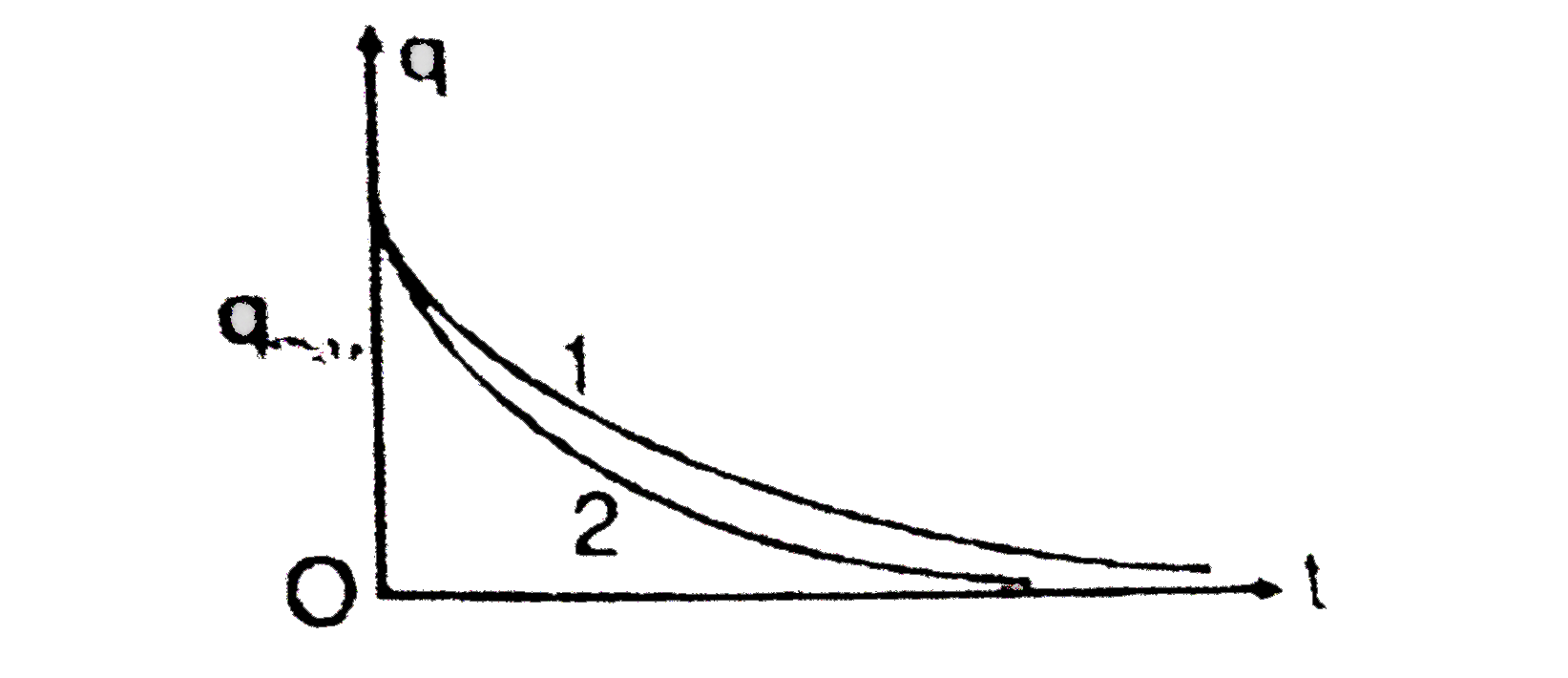Choose the correct statement(s):
Temperature , enthalpy and entropy are state functions
For reversible and irreversible both isothermal expansion of an ideal gas, change in internal energy and enthalpy is zero
for a reaction in which Δn2=0 , entropy change is not always zero
The entropy change associated with reversible isothermal expansion of an ideal gas is equal to 2.303 R log10P1P2
The correct Answer is:A, B, C, D
To solve the question, we need to evaluate each of the four statements provided and determine if they are correct or not.
1. Evaluate Statement A: "Temperature, enthalpy, and entropy are state functions."
- Explanation: State functions are properties that depend only on the current state of the system, not on how it got there. Temperature, enthalpy, and entropy are all state functions.
- Conclusion: This statement is correct.
2. Evaluate Statement B: "For a reversible and irreversible both isothermal expansion of an ideal gas, the change in internal energy and enthalpy is zero."
- Explanation: In an isothermal process for an ideal gas, the temperature remains constant. Therefore, the change in internal energy (which depends only on temperature for an ideal gas) is zero. Since enthalpy is a function of internal energy and pressure, it is also zero in this case.
- Conclusion: This statement is correct.
3. Evaluate Statement C: "For a reaction in which ΔN2 is zero, entropy change is not always zero."
- Explanation: ΔN2 refers to the change in the number of moles of gas. Even if ΔN2 is zero (meaning the number of moles of gaseous reactants and products is the same), the entropy change can still be non-zero due to factors like changes in temperature or phase.
- Conclusion: This statement is correct.
4. Evaluate Statement D: "The entropy change associated with reversible isothermal expansion of an ideal gas is equal to 2.303 R log10(P1/P2)."
- Explanation: The formula for the change in entropy (ΔS) for a reversible isothermal expansion of an ideal gas is indeed given by ΔS = nR ln(V2/V1) or ΔS = nR ln(P1/P2). When using log base 10, it can be expressed as ΔS = 2.303 R log10(P1/P2).
- Conclusion: This statement is correct.
Final Conclusion:
All four statements (A, B, C, and D) are correct.
- Explanation: State functions are properties that depend only on the current state of the system, not on how it got there. Temperature, enthalpy, and entropy are all state functions.
- Conclusion: This statement is correct.
- Explanation: In an isothermal process for an ideal gas, the temperature remains constant. Therefore, the change in internal energy (which depends only on temperature for an ideal gas) is zero. Since enthalpy is a function of internal energy and pressure, it is also zero in this case.
- Conclusion: This statement is correct.
- Explanation: ΔN2 refers to the change in the number of moles of gas. Even if ΔN2 is zero (meaning the number of moles of gaseous reactants and products is the same), the entropy change can still be non-zero due to factors like changes in temperature or phase.
- Conclusion: This statement is correct.
- Explanation: The formula for the change in entropy (ΔS) for a reversible isothermal expansion of an ideal gas is indeed given by ΔS = nR ln(V2/V1) or ΔS = nR ln(P1/P2). When using log base 10, it can be expressed as ΔS = 2.303 R log10(P1/P2).
- Conclusion: This statement is correct.
All four statements (A, B, C, and D) are correct.
Topper's Solved these Questions
- THERMODYNAMICSBOOK - RESONANCE ENGLISHCHAPTER - THERMODYNAMICSEXERCISE - exercise-2 Part:(IV): comprehension
8 Videos
- THERMODYNAMICSBOOK - RESONANCE ENGLISHCHAPTER - THERMODYNAMICSEXERCISE - exercise-3 Part:(I)
23 Videos
- THERMODYNAMICSBOOK - RESONANCE ENGLISHCHAPTER - THERMODYNAMICSEXERCISE - exercise-2 Part:(II): Single and Double value integer type
11 Videos
- TEST SERIESBOOK - RESONANCE ENGLISHCHAPTER - TEST SERIESEXERCISE - CHEMISTRY
50 Videos
Similar Questions
Choose the correct statements(s):
View SolutionConsider the following compounds:

Choose the correct statements(s) from the following:
View Solution
Consider the three ropes of same length and same linear density as (shown in figure) suspended from the ceiling.
A pulse is generated at the lowest point of the three ropes simultaneously. Choose the correct statements(s)
View Solution
In the adjacent figure blocks A and B of weight W each are lying at rest on a rough horizontal surface. They are pulled by applying forces F1 and F2 as shown in figure. When blocks are in limiting equilibrium F2=5F1 Choose the correct statement (s) (Assume same coefficient of friction for both the blocks)
View SolutionA curved surface of radius R separates two medium of refractive indices μ1andμ2 as shown in figures A and B .
_E01_077_Q01.png)
Choose the correct statement(s) related to the real image formed by the object O placed at a distance x, as shown in figure A.
View SolutionA curved surface of radius R separates two medium of refractive indices μ1andμ2 as shown in figures A and B .
_E01_078_Q01.png)
Choose the correct statement(s) related to the virtual image formed by object O placed at a distance x, as shown in figure
View SolutionThe instantaneous charge on capacitor in two discharging RC circuils is plotted with respect to time in figure. Choose the correct statement (s) (where E1 and E2 are emfs of two DC sources in two different charging circuits and capacitors are fully charged ).

View SolutionChoose the correct statements
View SolutionChoose the correct statements.
View SolutionChoose the correct statements
View Solution
